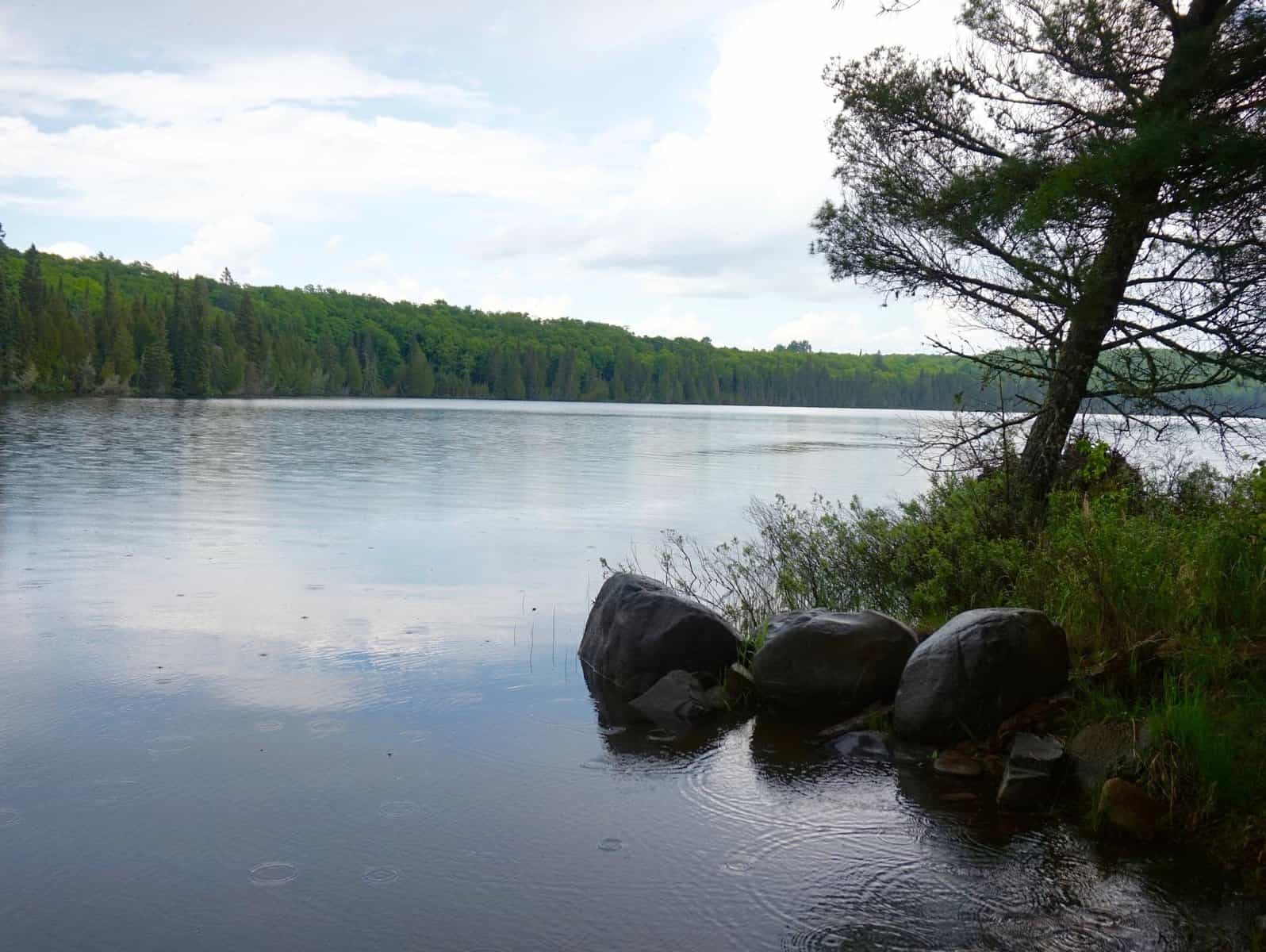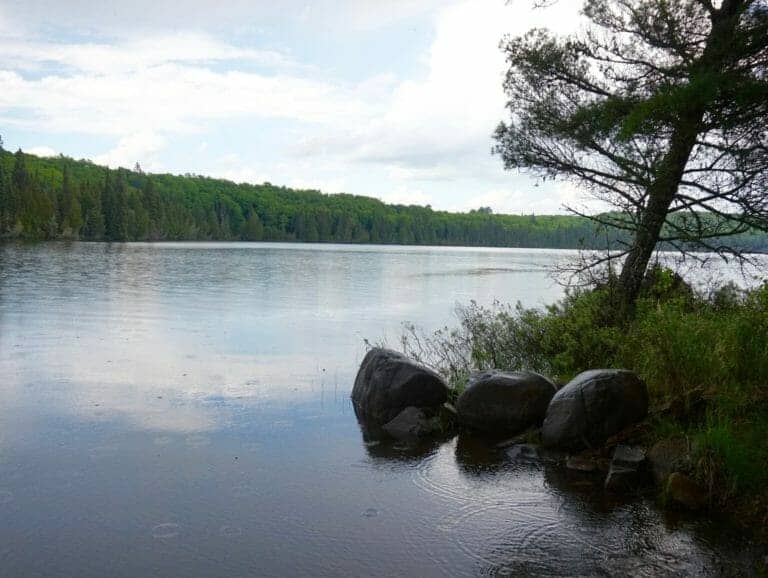Photo: A remote lake in Cook County, Minn. A three-year study by the University of Minnesota, the Minnesota Pollution Control Agency and the Grand Portage Band of Lake Superior Chippewa found pharmaceuticals and other chemicals in 28 lakes in northeastern Minnesota, including some with little or no human development. Courtesy Grand Portage Band of Lake Superior Chippewa
A study has found pharmaceuticals and other chemicals in remote lakes in and around the Grand Portage Indian Reservation in northeastern Minnesota.
Researchers from the University of Minnesota, the Minnesota Pollution Control Agency and the Grand Portage Band of Lake Superior Chippewa teamed up for the three-year study, which was published in the journal Science of the Total Environment.
The researchers tested water, sediment and fish for about 160 different chemicals. They collected samples from 28 different lakes on the reservation and on land ceded to the U.S. government in the 1854 treaty, which stretches southwest to Duluth.
They detected 117 of the chemicals, including antibiotics, hormones, antidepressants, cancer drugs, cocaine, DEET, insect repellent and plasticizers like bisphenol A.
The study focused on so-called contaminants of emerging concern, which are largely unmonitored, unregulated and not removed by wastewater treatment plants.
Researcher Mark Ferrey, an environmental scientist with the MPCA, has been studying contaminants of emerging concern for more than a decade. He called the findings “pretty remarkable.”
“Even in some of these remote locations, we were seeing the same kind of chemicals that we would typically find in much more developed areas of the state,” Ferrey said.
The chemicals were often found in lakes that receive […]
Full article: Study finds pharmaceuticals, other chemicals in remote Minnesota lakes



